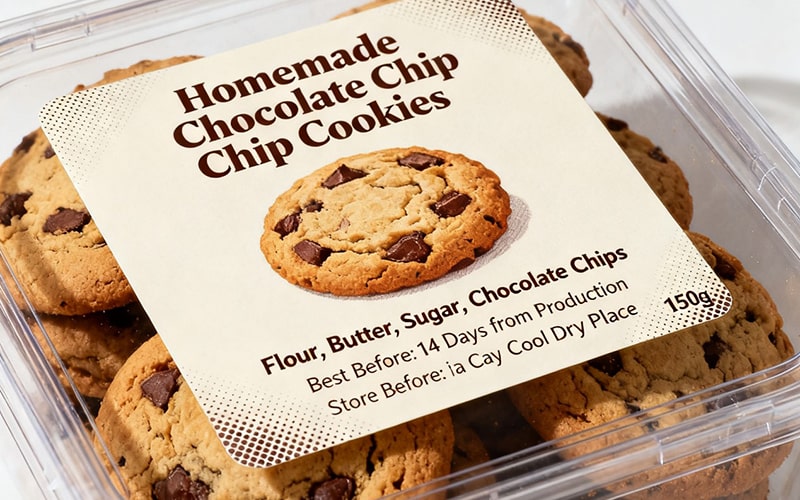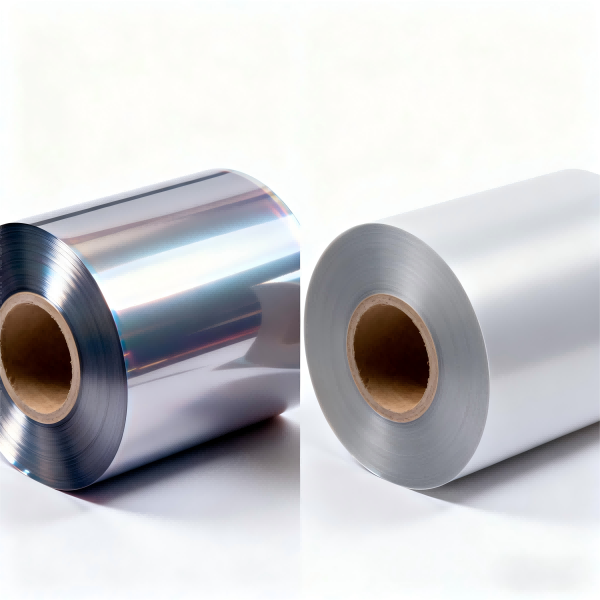Flexo Printing Explained for Self Adhesive Label Films
Flexo printing uses flexible plates to create high...
MoreIndustrial self-adhesive labels, often referred to as pressure-sensitive labels, are specialized materials designed for permanent or temporary application on products, assets, and packaging within demanding environments. Unlike ordinary labels, they consist of a face material (paper, film, or foil), a pressure-sensitive adhesive, and a silicone-coated release liner. Their primary function extends beyond basic identification to include tracking, safety warnings, compliance, branding, and operational instructions on surfaces ranging from metal machinery and chemical drums to electronic components and outdoor assets. The key distinction lies in their engineered durability, capable of withstanding factors like extreme temperatures, moisture, chemicals, UV exposure, and abrasion, which would quickly degrade standard labels. This makes them an indispensable tool in sectors such as manufacturing, logistics, automotive, aerospace, and chemicals, where reliable information transfer and asset management are critical for safety, efficiency, and supply chain integrity.
Industrial self-adhesive labels are a critical component in modern manufacturing and logistics, serving as the primary interface for information, identification, and instruction on a vast array of products and assets. According to market research from firms like MarketsandMarkets, the global market for pressure-sensitive labels is projected to exceed $100 billion by 2026, driven by demand from sectors like food & beverage, pharmaceuticals, and industrial manufacturing. These labels are engineered composites, typically consisting of three core layers: the face stock, the adhesive, and the release liner. The face stock, which can be paper, synthetic polymer films (like PET, PE, PP, or vinyl), or foils, is chosen based on the required durability. For instance, a polypropylene label might be selected for its moisture resistance in a wet factory environment, while a polyester (PET) label is preferred for its exceptional resistance to chemicals and high temperatures, often exceeding 150°C (302°F), making it suitable for electronic circuit boards or engine components. The adhesive is the crucial element that allows the label to bond to a surface upon application of light pressure. Adhesive chemistry is highly specialized; permanent acrylic adhesives are standard for asset tracking, while removable adhesives are used for temporary pricing or promotions. For challenging surfaces like powder-coated metals or low-surface-energy plastics (e.g., polyethylene), specific high-tack adhesives are formulated to prevent peeling. The release liner, a silicone-coated paper or film, protects the adhesive until the moment of application. The performance of these labels is validated through rigorous testing against international standards, such as UL/CSA for certifications or ANSI/UL 969 for permanency. In practice, this means a barcode on a warehouse logistics label must remain scannable after being subjected to friction and handling, or a safety warning label on a chemical drum must not fade or peel when exposed to sunlight and harsh weather for years. This robust performance ensures traceability throughout the supply chain, enhances operational safety by clearly communicating hazards, and supports brand integrity by keeping product information legible from production to end-user.
Selecting the right industrial self-adhesive label is a systematic process that directly impacts operational efficiency, compliance, and total cost of ownership. The choice is not one-size-fits-all but must be dictated by the specific application requirements. Key decision factors include the surface material the label will be applied to, the environmental conditions it will endure, the required lifespan (permanent vs. temporary), and the method of information printing (thermal transfer, laser, or inkjet). A failure to match the label to these conditions can result in premature failure, leading to misidentified assets, safety non-compliance, and costly rework. For example, data from material suppliers like Avery Dennison or UPM Raflatac indicates that using a standard paper label on a plastic container that undergoes frequent washdowns will cause the label to delaminate and the ink to run, rendering it unreadable. Therefore, a meticulous assessment of the operating environment—including exposure to solvents, oils, moisture, temperature extremes, and mechanical abrasion—is the essential first step. The subsequent selection involves choosing a face material, adhesive, and, if applicable, laminate that together form a system capable of surviving those conditions for the label's intended service life, ensuring that the critical data it carries remains intact and legible.
Choosing the correct industrial self-adhesive label requires a detailed, multi-factor analysis to ensure performance and avoid costly application failures. The process begins with a thorough assessment of the substrate, or the surface the label will be applied to. Surfaces are categorized as high-energy (e.g., bare metal, glass, painted surfaces) which are easy to bond with, or low-surface-energy (LSE) plastics (e.g., polyethylene, polypropylene, Teflon), which require specially formulated, high-tack adhesives to achieve a secure bond. Industry data from converters shows that adhesive failure on LSE plastics is one of the most common reasons for label rejection. Next, the environmental conditions must be cataloged. This includes temperature ranges—both during application and throughout the label's life. Silicone adhesives, for instance, can withstand continuous service temperatures from -73°C (-100°F) to 260°C (500°F), making them ideal for aerospace or engine components, whereas standard acrylic adhesives have a lower threshold. Exposure to chemicals, such as solvents, oils, or acids, necessitates a chemical-resistant face material like polyester or vinyl and a compatible adhesive. For outdoor applications, resistance to UV light and moisture is paramount; a polyethylene face stock with a UV-resistant laminate and a permanent acrylic adhesive is a common solution to prevent fading and adhesive degradation. The intended lifespan is another critical factor; a removable adhesive and a less durable paper face stock are sufficient for short-term inventory tracking, while asset identification for a 20-year machinery lifecycle requires a durable film and a aggressive permanent adhesive. Finally, the printing technology must be considered. Thermal transfer printing is the industry standard for producing durable, scannable barcodes and requires a specially coated thermal transfer face stock. Laser-printable labels must be engineered to withstand the printer's fuser heat without melting or releasing harmful fumes. By systematically evaluating these factors—substrate, environment, lifespan, and print method—based on technical datasheets and supplier recommendations, businesses can select a label system that ensures reliability, maintains compliance with standards like GHS for chemical labeling, and ultimately protects their operational and branding investments.
Select the most popular foreign trade service products to meet your diverse needs
Learn more about the dynamics and professional knowledge of the foreign trade industry

Flexo printing uses flexible plates to create high...
More

BOPP Film (Biaxially Oriented Polypropylene Film) ...
More
In the packaging industry, two of the most popular...
More
Third, BOPP film offers great versatility and safe...
More
Sports are all about unity—and nothing fuels team ...
MoreSelect the most popular foreign trade service products to meet your diverse needs
Explore more content related to foreign trade services

Tel: +86 17706217416
Add: Building L2A, No. 520, Lane 1588, Zhuguang Road, Hongqiao World Center, Qingpu District, Shanghai, China
User Comments
Service Experience Sharing from Real Customers
Michael Roberts
Warehouse ManagerThese industrial self adhesive labels withstand extreme temperatures and moisture in our storage facility. They've remained perfectly legible for 6+ months without peeling.
Sarah Chen
Production SupervisorExcellent adhesion on various metal surfaces in our manufacturing plant. The labels survive oil exposure and frequent handling without smudging or lifting edges.
David Rodriguez
Inventory SpecialistPerfect for chemical drum labeling in our facility. The adhesive bonds strongly to curved surfaces and resists solvent splashes. Minor trimming needed for some applications.
Jennifer Wallace
Quality Control InspectorOutstanding durability for outdoor equipment tracking. These labels maintain integrity through UV exposure, rain, and temperature swings from -10°C to 45°C.